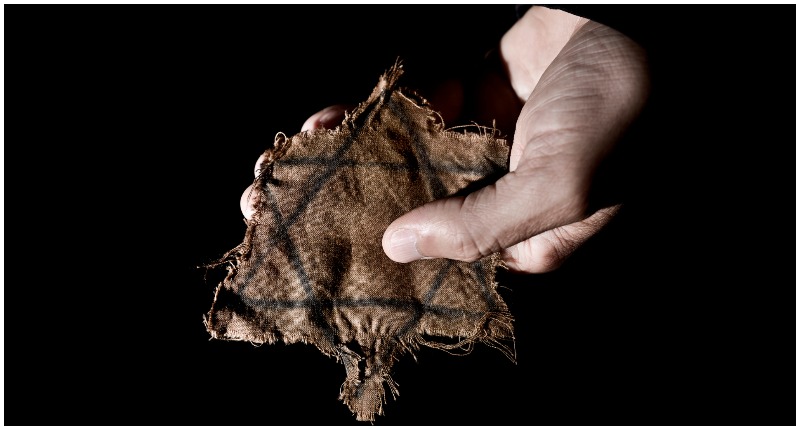Steven Spielberg’s multi-award-winning Schindler’s List turns 25 this month. A limited re-release is currently underway to celebrate this movie milestone.
The film was based on the book Schindler’s Ark by Thomas Keneally. Oskar Schindler was an industrialist in Germany who defied the will of the Nazi Party by employing Jewish labor in his European factories.
This powerful figure was a card-carrying Nazi himself, yet his humanitarian act reportedly saved over 1,000 people from extermination.
Here are some eye-opening facts about the making of Schindler’s List…
The movie was nearly made in the Sixties
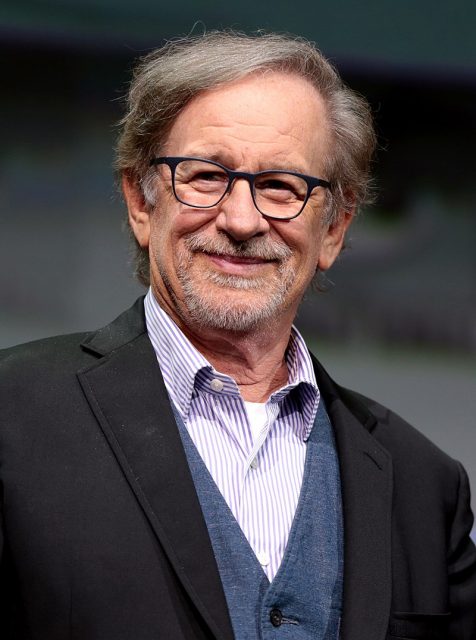
Long before Spielberg and Keneally heard about Oskar Schindler’s contribution to history, the legacy was being kept alive in the unlikely location of a Beverly Hills leather goods store.
Looking back for The Guardian in 2004, Keneally revealed how in 1980 he was shopping for a new briefcase. Leopold Page, proprietor of the “Handbag Studio”, invited him in to browse. On hearing he was a writer, he began talking about Schindler, who was his savior.
This exchange planted the seed of Schindler’s Ark in Keneally’s mind, though he was only one of many showbusiness people Page had spoken to. In the early 1960s he had approached a customer of his, the wife of film producer Marvin Gosch, about a possible meeting with her husband.
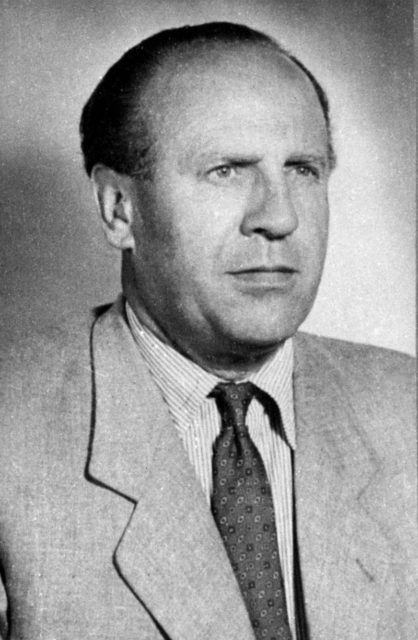
According to Keneally, Leopold (real name Poldek Pfefferberg) “told me that when Marvin Gosch invited him to the MGM Studios for an interview, the producer at first chided him for being so importunate with his wife. ‘You must forgive me,’ said Poldek, ‘but I am bringing you the greatest story of humanity man to man.’”
Gosch teamed up with Casablanca writer Howard Koch to make a Schindler movie, but the project didn’t work out.
Two years after Keneally met Page, MCA/Universal President Sid Sheinberg handed Spielberg the book, and from there Schindler’s cinematic destiny was set. At the time the director famously wondered if the story was true or not.
Spielberg put off directing Schindler’s List
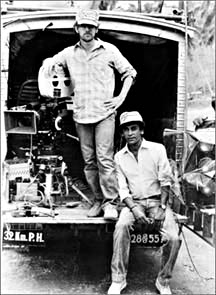
Spielberg was too intimidated by the subject matter, asking others to direct. He didn’t feel mature enough to tackle a subject so close to his heritage.
A recent piece in The Independent says that “Spielberg fretted for years that he was too flashy – too much a creature of Hollywood – to do justice to a real story about real suffering.”
Sydney Pollack was among those he tried to persuade. Eventually, the story landed on Martin Scorsese’s desk. At that point Spielberg, who’d hit middle age and was concerned about media interest in Holocaust deniers, decided to helm the movie himself. And to tempt “Marty” away he had another film in mind, one he was lined up to work on.
The iconic Italian American wound up “swapping Schindler’s List for Cape Fear – the carrot being that he could cast Robert De Niro as the villain played in the original.” Almost a decade after reading Keneally’s tome, Spielberg was ready to get to work.
Jurassic Park was produced at the same time
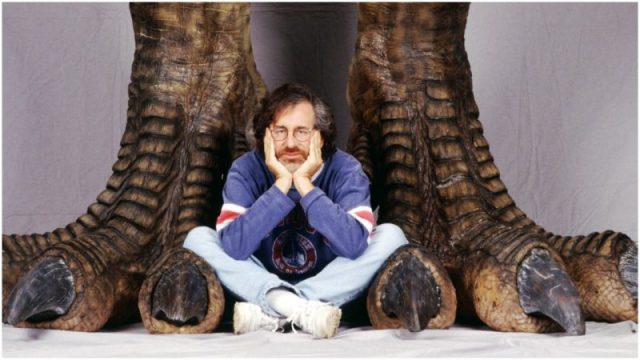
Schindler’s List was a success at the box office. However Universal were worried about its harrowing subject matter. They wanted Spielberg to adapt Michael Crichton’s dino-extravaganza as a guaranteed money spinner first.
The director juggled the horrors of the concentration camp with rampaging raptors, and the effect took its toll.
Jurassic Park’s ground-breaking CGI effects were enough of a mountain to climb in themselves, albeit of lesser importance than the other film’s historical events.
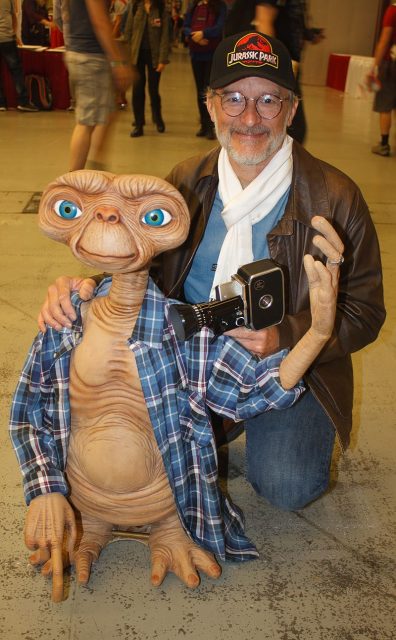
As quoted in an article on the Cinema Blend website this year, Spielberg said “I had to go home about two or three times a week and get on a very crude satellite feed to Northern California…to be able to approve T-Rex shots… And it built a tremendous amount of resentment and anger that I had to do this… all I could express was how angry that made me at the time.”
Mixing commercial considerations with what was a deeply personal experience for Spielberg was a challenge, but it yielded critically-acclaimed results.
There was a real girl in a red coat
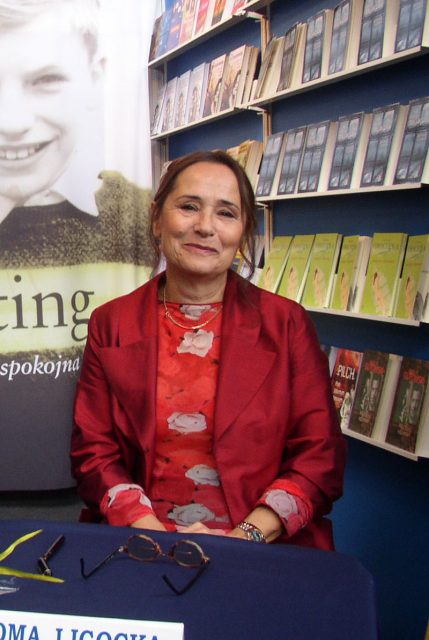
The most striking image of the movie was more than an artistic decision. Schindler’s List was shot in black and white but one character, a little girl in a red coat, had her garment presented in color.
Roma Ligocka, artist, model and author of The Girl In The Red Coat (2002), was a true life version of the child. She and her mother fled the Krakow ghetto and hid from the Nazis in the home of a sympathetic family.
Ligocka said in a Guardian interview that “the girl in the red coat in the film is a symbol of all the children killed during the Nazi regime. In Poland alone, 1.5 million were murdered. The experiences of the film character and mine are identical, with one important difference — I survived.”
There’s an echo of the movie in her explanation of how color helped her in the ensuing years: “She used bright colours and clothing — as bold as the red coat — to keep the darker memories at bay. ‘Because I never had toys as a child, I needed to paint a grey and hopeless world [into something] more beautiful in my mind,’ she says. ‘When times were bad, I felt clothing to be a kind of protection.’”
Spielberg directed the movie for free
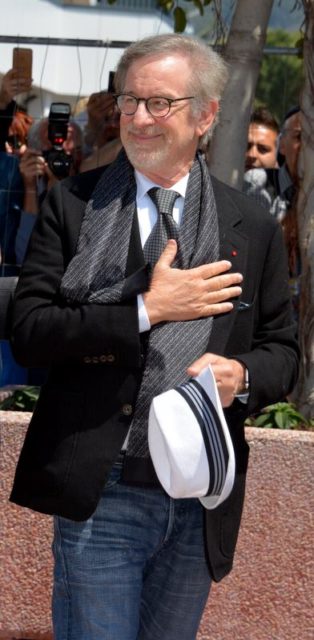
Ultimately Steven Spielberg saw Schindler’s List as an opportunity to educate and inform. With this in mind, he opted not to be paid.
Speaking to Today in 2004, he didn’t shy away from describing a fee in the bluntest terms… “blood money.”
“Let’s call it what it is,” he said. “I didn’t take a single dollar from the profits I received… When I first decided to make ‘Schindler’s List’ I said, if this movie makes any profit, it can’t go to me or my family, it has to go out into the world.”
Instead he established the USC Shoah Foundation Institute for Visual History and Education in 1994. This created a vast video archive of testimonies from over 50,000 survivors.
Spielberg was determined to show people’s real experiences alongside the fictional representation. Schindler’s List ends with those he rescued (the “Schindlerjuden”) visiting his grave in Jerusalem with members of the cast.
The film wasn’t a big budget production — it was made for $22 million, tiny by Hollywood standards — but went on to generate over $300 million. Spielberg took home the Oscar for Best Director, one of seven it won that night.
Read another story from us: The Weird Oscar Record Steven Spielberg Holds
25 years on, after the attention died down, Schindler’s List sits in America’s National Film Registry. The film remains a shocking history lesson, one whose power will never be diminished.
